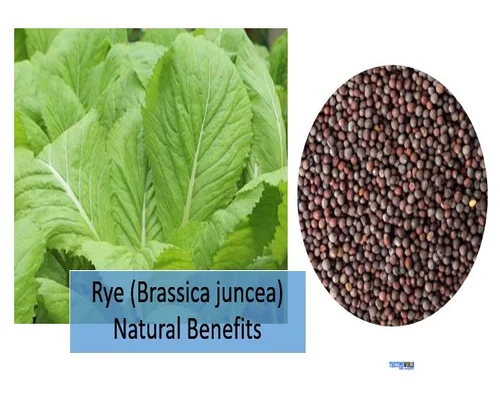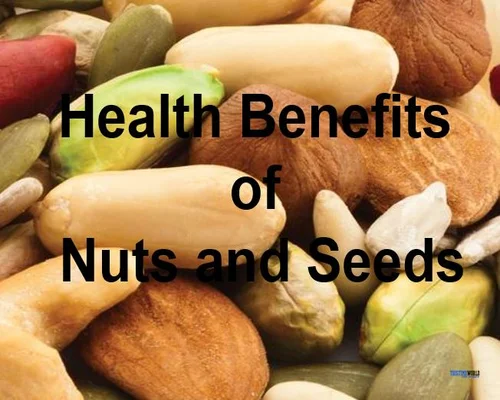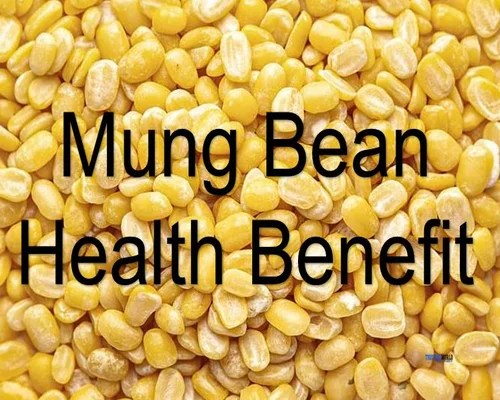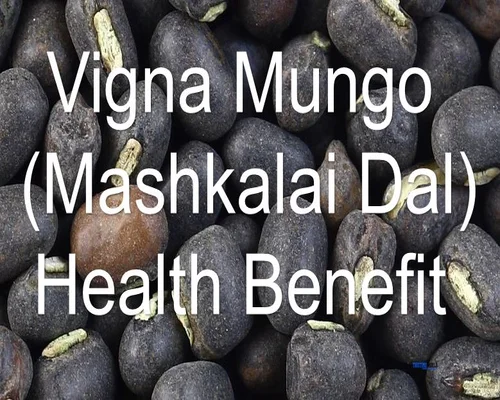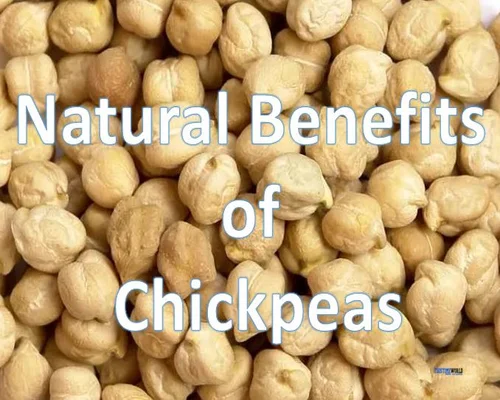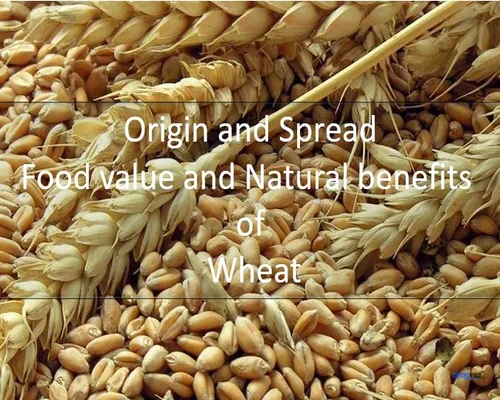
Origin and Spread, Food Value and Natural Benefits of Wheat
Origin and spread, food value and natural benefits of Wheat
Wheat (Triticum aestivum)
Description
Wheat is used all over the world. It is a good grain as a source of energy.
Origin and spread
Traces of wild varieties of wheat have been found in archaeological sites dating back to around 800 BC in the Tel Muriyabad region on the banks of the Euphrates River. Similar artefacts have also been found from the Ali Khosa area of southwestern Iran, dating to between 750 and 675 BC. Although wheat cultivation first began in the Near East, its cultivation soon spread far and wide. Wheat has been cultivated in the Indian subcontinent for about five thousand years. Several high yielding varieties of wheat have been developed at present.
Food quality
Due to the characteristic protein gluten in wheat flour, its bread is more popular than other grains. And because of this gluten, bread leche (wet flour) sticks together and retains gas.
Nutrition: Minerals and vitamins, calcium, protein, phosphorus, fat, iron, vitamin B complex, fiber, energy, carbohydrates.
Wheat germ or embryo is relatively rich in protein, fat and some B vitamins. The outer part and aleurone layer of wheat contain more protein, vitamins and phytic acid than the inner part. The inside of the bean contains most of the starch and protein.
Flour is usually made by grinding wheat before use. However, at present, several vitamins and minerals are lost from milled flour.
Natural benefits and healing dharma of Wheat
Wheat has several natural healing properties. Every part of the wheat grain provides us with essential nutrients. Wheat starch and gluten provide heat and energy, inner bran lining contains phosphates and other mineral salts, outer bran essential roughage—indigestible part that helps facilitate stool movement; Germ provides vitamins B and E and wheat protein helps build and repair muscles.
Maintains good health
The test results revealed that the sap of the wheat plant provides nutrients and extra energy to our body. This juice contains about 70% chlorophyll. It is a good source of potassium, sodium, sulphur, cobalt, (vitamins A, B, C), calcium, iron, magnesium, phosphorus and zinc. Regular consumption of wheat plant juice reduces the toxins in the body. Hence it helps in maintaining good health.
Dental disease
Wheat works well in the treatment of dental pyorrhea. Wheatgrass juice works as a very good mouth wash. It prevents toothache and bruises. So by chewing wheat plant it removes toxins from the wheat and inhibits the growth of bacteria.
Constipation
Wheat bran, which is usually lost during the making of millet flour, is more nutritious than flour. As a laxative, bran is better than fruits or vegetables. Because the cellulose in fruits and vegetables is easily broken down by bacteria while in the digestive tract. On the other hand, bran works well in the prevention and treatment of constipation because of its high cellulose content and ease of movement of stool in the peristalsis tract. Whole wheat grains, which contain bran and wheat germ, protect us from diseases such as constipation, ischemic heart disease, rectal disease, obesity and diabetes.
Skin disease
It has been scientifically proven that chlorophyll inhibits the growth of harmful bacteria. Wheatgrass therapy can be used effectively in skin diseases. Because bacterial growth is inhibited, cell activity is stimulated and normal cell regeneration occurs. Regular consumption of wheat creates an unfavorable environment for bacterial growth. Applying the juice of wheat plant on the affected area is also beneficial.
Diseases of the digestive system
Wheatgrass juice used as an enema helps to remove toxins from the rectal cavity. The general procedure for this enema is to first apply neem water. Then after waiting 20 minutes, an enema of 90 to 120 milliliters of wheat plant juice is given. Leave it for 15 minutes. This enema is very beneficial in rectal disorders, ulcerative colitis, chronic constipation and bleeding hemorrhoids.
Blood circulation disorders
Chlorophyll in wheat plant stimulates heart and lung function. Capillary activity also increases when blood toxicity is reduced. An increase in iron in the blood and hemoglobin helps the lungs function better, increases oxygenation, and minimizes the effects of carbon dioxide. That is why it is recommended to consume wheat plant juice in blood circulation disorders.
Cultivation of wheat
To grow wheat plants, seeds of good varieties of wheat should be soaked in water for 8 to 10 hours. Then throw away the water and wait 15 hours for the seedlings to grow. Earthen pots or wooden trays can be used to grow wheat plants. This pot or tray should be filled with compost. The germinated wheat seeds should be spread on the tray and cover the tray with black cloth or keep indoors to avoid sunlight. Water should be sprinkled on the tray 2 times a day. After keeping like this for 6/7 days, if the seedlings are 5 to 7 inches, they should be kept outside in the sun.
The easiest way to drink wheat plant juice is to chew the wheat plant. An alternative to chewing is to cut the wheat plant into small pieces and mix it with water and grind it in a grinder. This juice should be consumed within 10 to 15 minutes after extraction. 100 to 150 milliliters of wheat plant juice should be consumed daily in the initial phase of wheat plant therapy. Once you get used to its taste, it can be gradually increased to 250 to 300 milliliters per day. The juice of the wheat plant should be mixed well with the saliva before slowly thawing. This juice should be consumed one hour before meals or 2 to 3 hours after meals.
Use
In our country wheat flour is usually eaten as chapati (bread). It is boiled and eaten mixed with dukha and honey. It is also good for breakfast.
-------
tags-health benefits of wheat, benefits of wheat germ, health benefits of wheat germ, benefits of wheat, wheat benefits, health benefits, benefits, wheat, wheat grass benefits, wheat benefits for health, wheat germ, wheat health benefits, wheat germ oil benefits, wheat benefits for skin, health benefits of wheat bran, health benefits of wheat grass, benefits of wheat grass juice

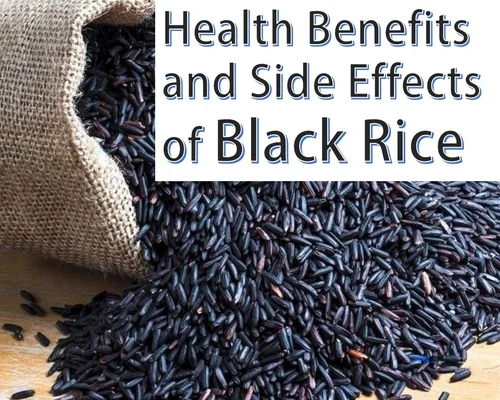
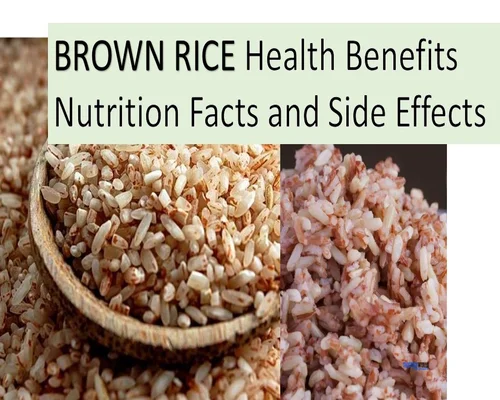
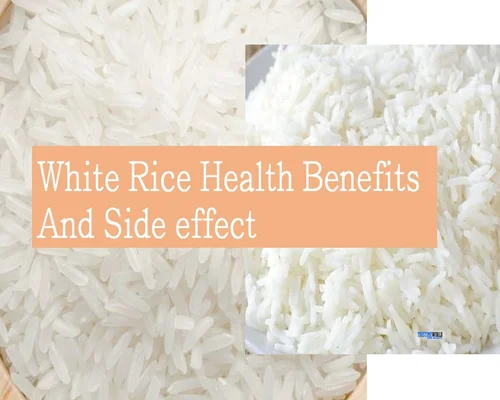




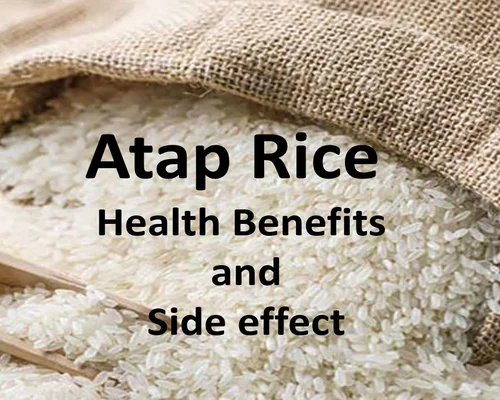
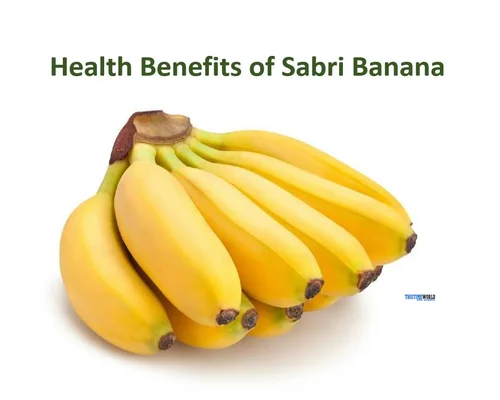




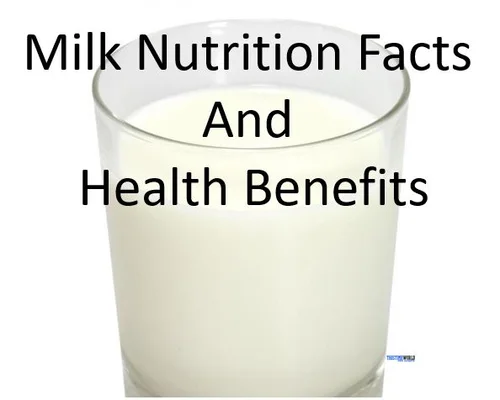
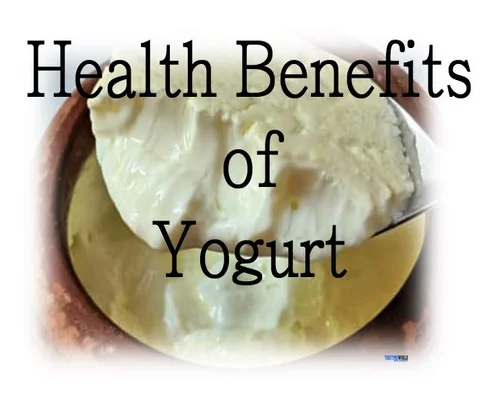
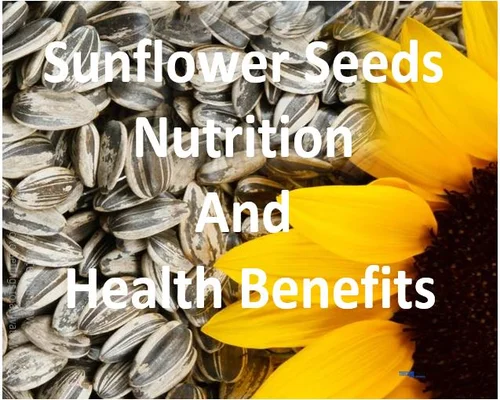
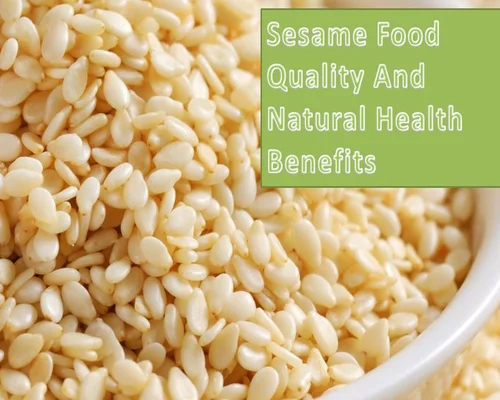
-Health-Benefits-thistimeworld.webp)
